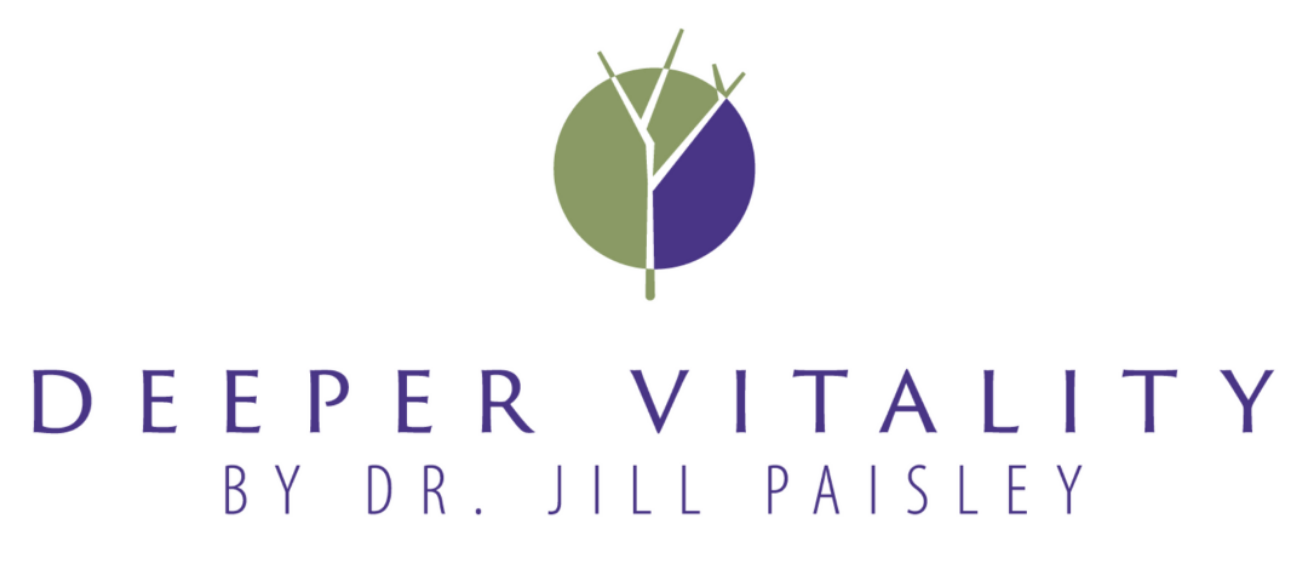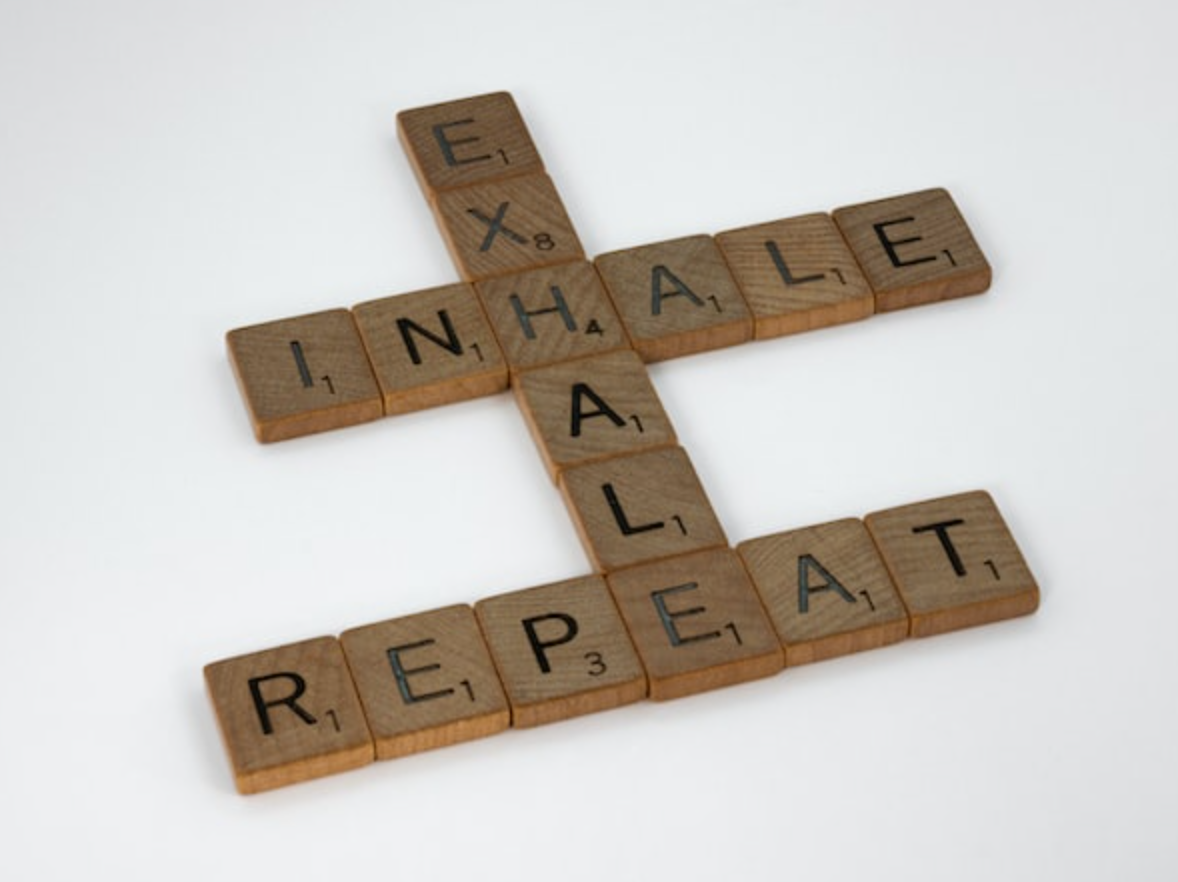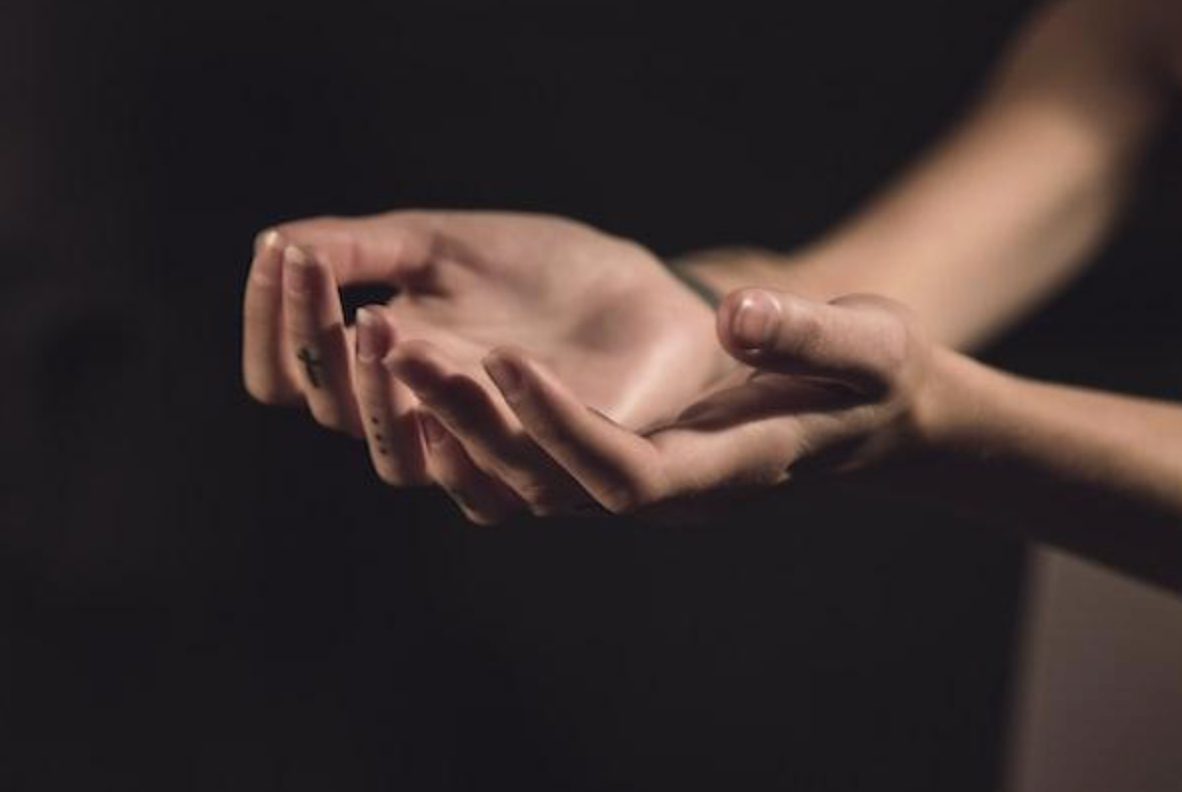What is Deeper Vitality

Vi·tal·i·ty: a state of being strong and active or energy. That can certainly mean many different things for everyone.

I believe having a vital life means more than just being strong and active. Having a vital life means doing something that matters as a contribution to the world, having deep meaningful connections with people in the world, as well as a deep connection within yourself. Vitality also means feeding your body with healthy organic foods, being active physically with something that feeds you and connects you with others or yourself.
Vitality also means having a strong spiritual connection with something that is greater than yourself. That strong spiritual connection can be obtained by organized religion, meditation, breathwork, nature, exercise or any other way that makes you feel connected with the universe.
A person that is deeply vital is vibrant because their energy is flowing freely, and they have happiness and fulfillment.
Here are 10 things you could do to feel deeply vital:
- Meditate. Meditation removes your “chatter brain”, it disconnects your body from what you think about in every moment, allowing your body to rest in a waken state. A rested body and mind create clarity, and clarity creates mindfulness contentment.
- Create Connection. Have a conversation with the person in the grocery store line and really see them, smile at them. Call a friend you haven’t seen in some time or listen to music. Music is such a powerful communication tool, just think of all the time and effort that went in to creating a piece of music and imagine all that intent now focused on you as it fills your ears with that mood.
- Share A Meal. Prepare organic food with friends or family and enjoy good conversation.
- Breathwork. Conscious connected breathing or breathwork once every day, this helps you to keep present in your life and helps you pay attention, so you don’t miss any of the good.
- Sleep. Get good rest, sleep well
- Earthing. Get dirty! This process connects you to the earth and brings your electromagnetic field within the best level.
- Exercise. This can be gardening, cleaning the house, running, walking, yoga, weights, cardio or any other kind of movement that brings you joy (dancing, etc).
- Play! We think that as adults this is frivolous and childish, but even adult animals play and frolic. This can be word games, pickleball, tennis, board games, acting silly, making up a silly song, or being playful with loved ones, (even complete strangers!).
- Turn Off. Take a break from electronics, especially your phone and your television. Getting away from these things that have a much higher electromagnetic field (EMF) is good for your own EMF, most critically, at least an hour before sleep time.
- Swap out the Cup. Take a break from caffeine and replace it with water or green tea. Caffeine is a diuretic (making you dehydrated), and depletes your vitality, replacing with water can help to plump up your cells and push toxins (think stress) out of your body.
The reason that I have called my healing process DEEPER VITALITY is that the journey through self-healing is different for everyone, undoing a lifetime of dis-ease takes as much effort as was put in, having created it in the first place.
But know this, what is vital to each one of us is exactly the SAME, we all want to feel heard, understood, loved, safe and happy.
Exploring your own healing can be a fun and interesting journey and put you in the driver’s seat of your own health, emotionally and physically. As you navigate through it, you will learn things about yourself both good and bad, the yin and yang of life. We all have it, no exceptions. As you go through this experience, you will find the things that make you feel deeply vital.
Those things will be the things that you continue to do to create that vital life that all of us strive for.
Lastly, take it to ELEVEN!
Number 11 should be to add journaling to your list of simple adaptations in your life to create Deeper Vitality. Begin journaling your experiences after breathwork, or when you wake up, or after exercising, and you will discover more about yourself than you will believe.
It will help you discover the things that resonate with the inner-you. Your inner-you knows the issues at hand and knows how to heal you. It’s often our outer-self that keeps us from this natural state of fulfillment.
-Dr. Jill Paisley
Download the free 5 Steps Closer to a Doctor Free Me eBook!








